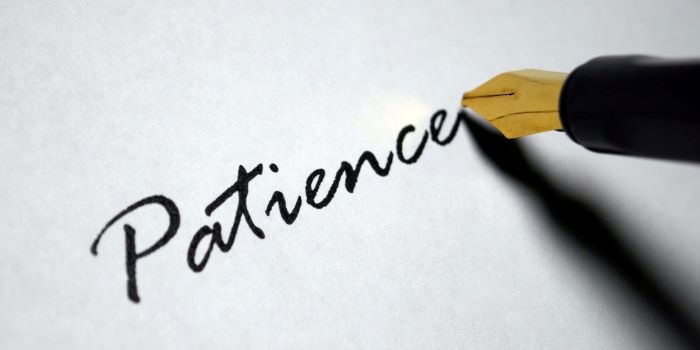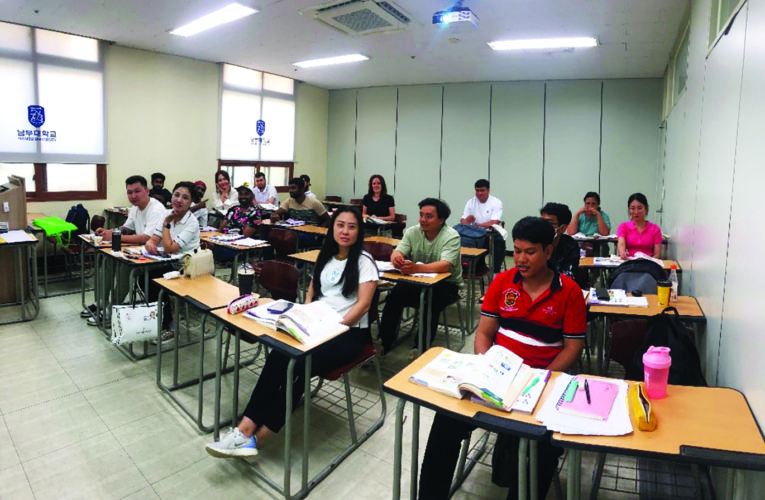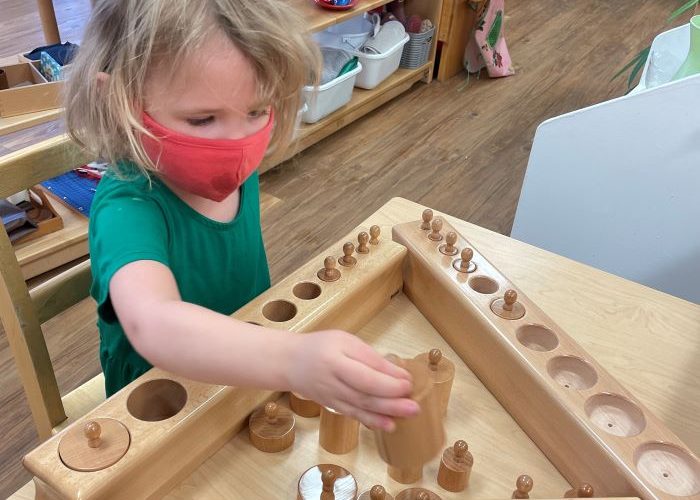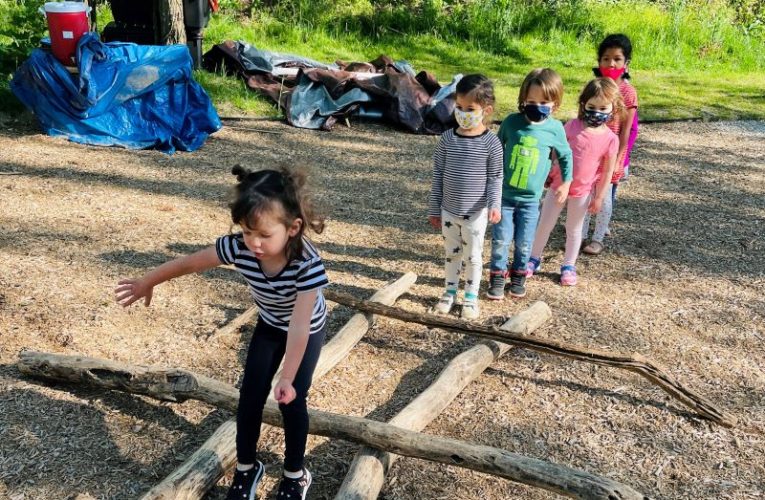Unlike regular teachers, Montessori teachers play two different roles in the Montessori classroom: one role as teacher and the other as observer. It takes a lot of effort to perform these two roles at the same time. Furthermore, because the teacher shares the same environment with their students, they must pay a lot of attention to their environment. Thus, Montessori teachers are always very busy in their classrooms.
There are lots of things to observe in the Montessori classroom. We should observe the behavior and learning status of the children and how the prepared environment of the classroom engages the student, and we even need to observe ourselves. Why should teachers observe themselves? In my opinion, I think that the teacher themself is included in the prepared environment of the Montessori classroom. The teacher must constantly ask themself how their behavior is affecting the children, how well they are performing as an observer, how well are they respecting the children, and are they giving proper assistance to the children.








